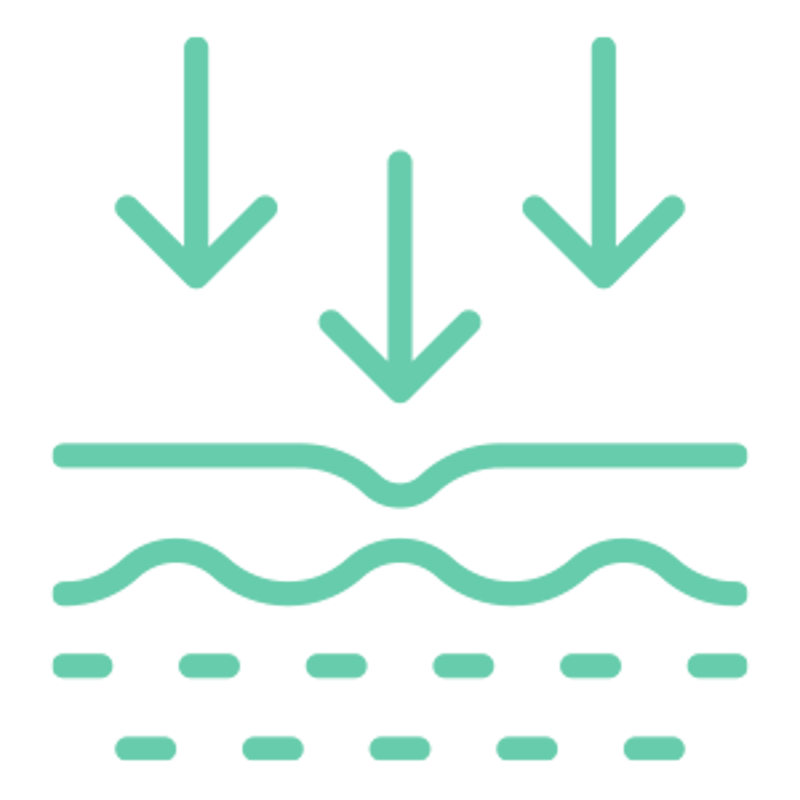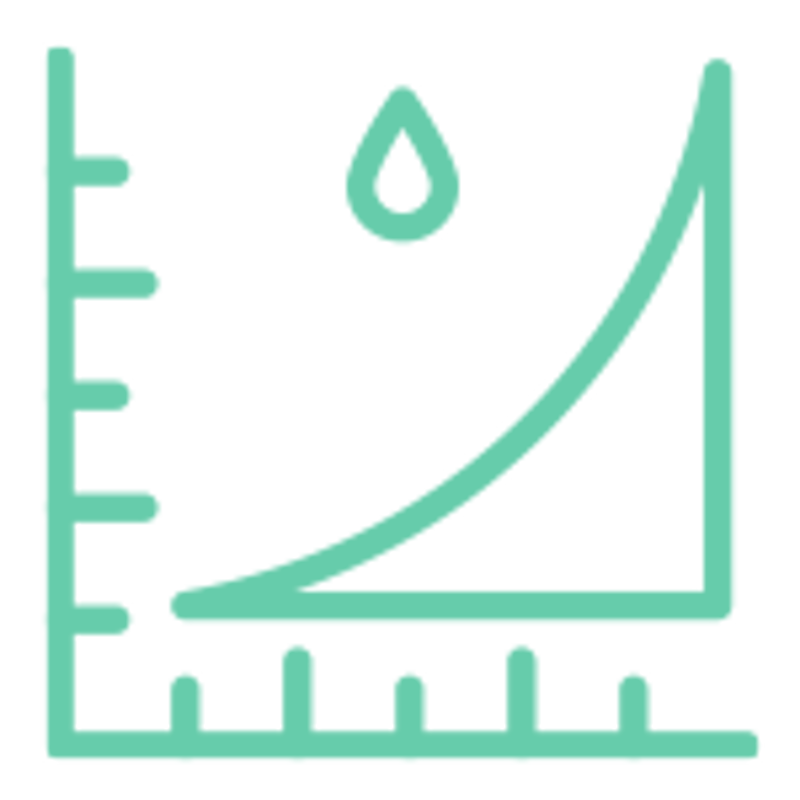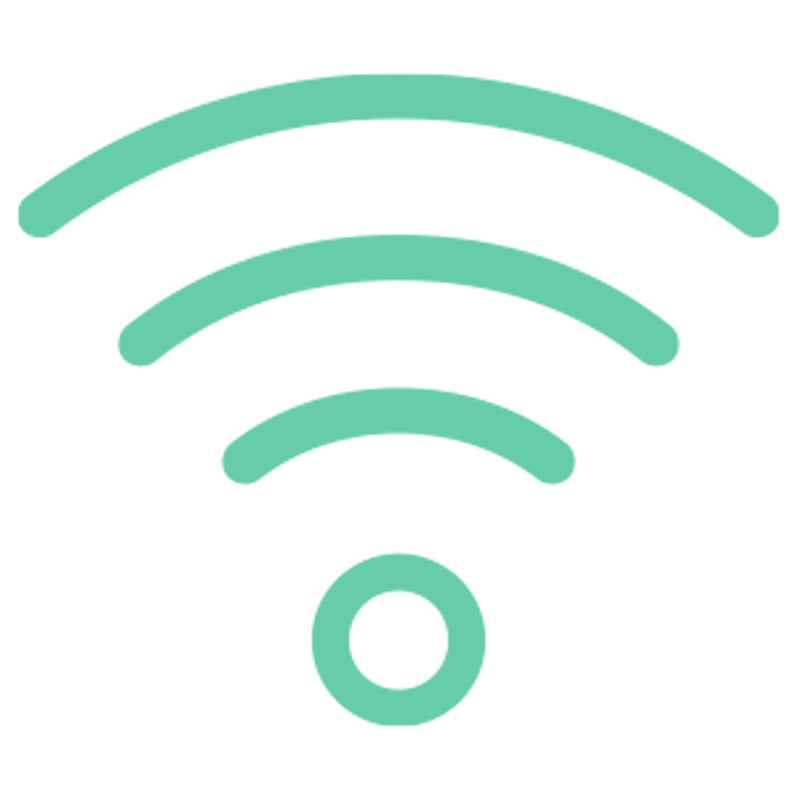CGMS |
Comparison
|
BGM |
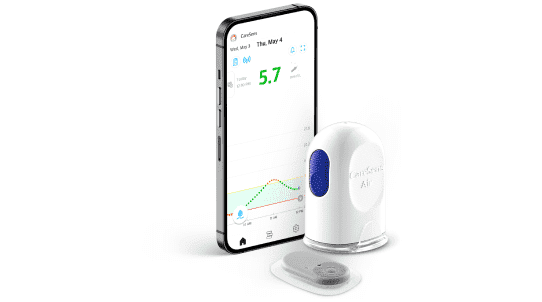 |
Appearance |
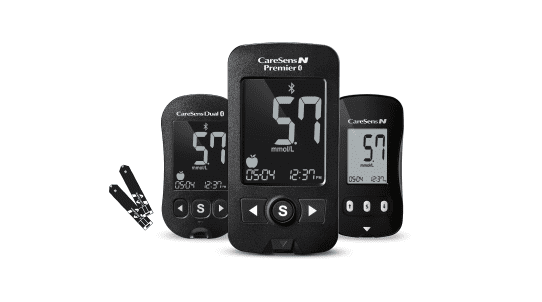 |
|
Sample type |
|
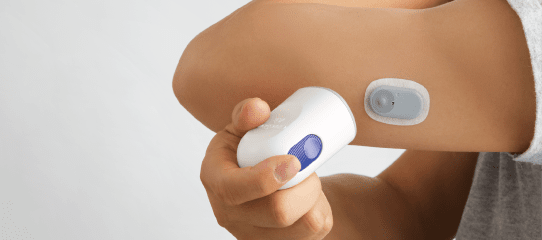
|
Glucose measurement
|
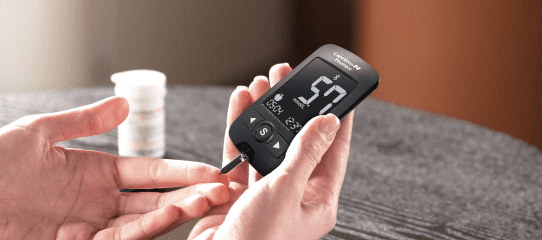
|
|
Number of measurements
|
|
|
Features
|
|
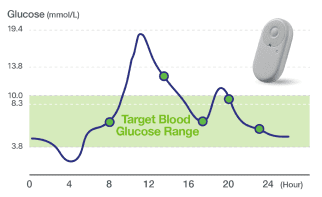
|
Difference in glucose readings graph
|
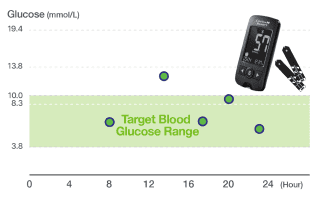
|
The CareSens Air continuous glucose monitoring system (CGMS) is indicated for the management of diabetes mellitus via the measurement of glucose in the interstitial fluid in people aged 18 years and over. CareSens Air is a class IIb medical device. If current sensor readings do not match symptoms or expectations, use a glucose meter to make diabetes treatment decisions. Talk to your healthcare professional to see if this product is right for you.



